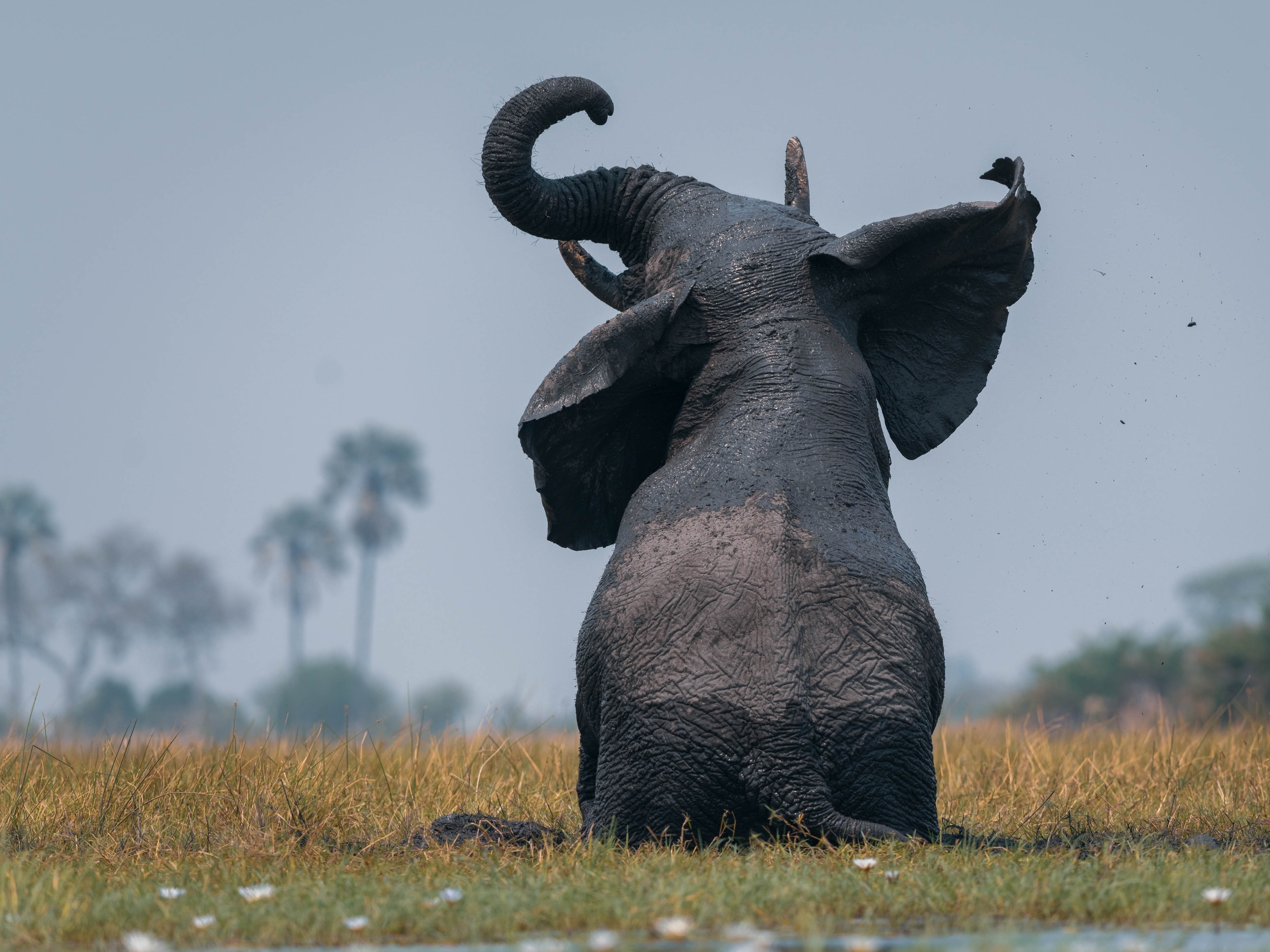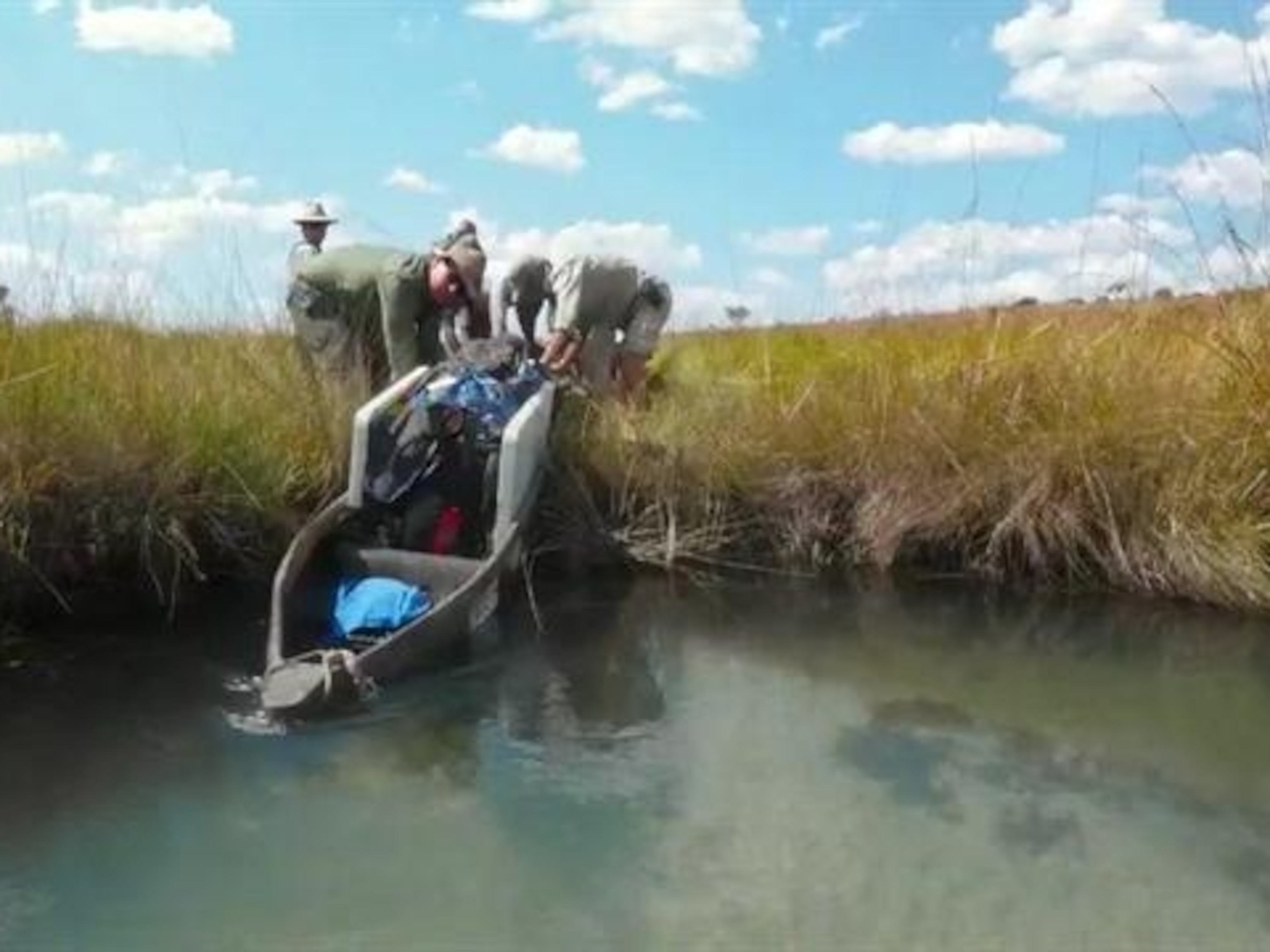Connected by water
At either end of the Okavango River Basin, two individuals head up a partnership helping local communities maintain a balanced, sustainable way of living.
From the capital city of Luanda, it’s a five-day drive into eastern Angola’s Moxico Province to reach the source waters of the Okavango Delta. Our convoy is headed to a makeshift base camp on the bank of the Lungwevungu River (one of many that form the Okavango-Zambezi water tower), where a team of scientists plans to set off and survey. Our arrival is expected, and the welcome is warm, but one individual is greeted like an old friend. Kerllen Costa, the country director in Angola for the National Geographic Okavango Wilderness Project (NGOWP)—the leader of this expedition and an Angola biologist—unfolds himself from the back of a Land Cruiser to greet a community he’s gotten to know so well. “My involvement in conservation is actually because of people,” Costa says. “It’s the fascination of how people interact with their surroundings, with their natural resources.” Relationships built over several years among local communities here―in villages, in the bush, around fires―have allowed Costa into their world. “These people haven’t shifted to a modern way of existence, they are still existing the same way their previous generations have.”
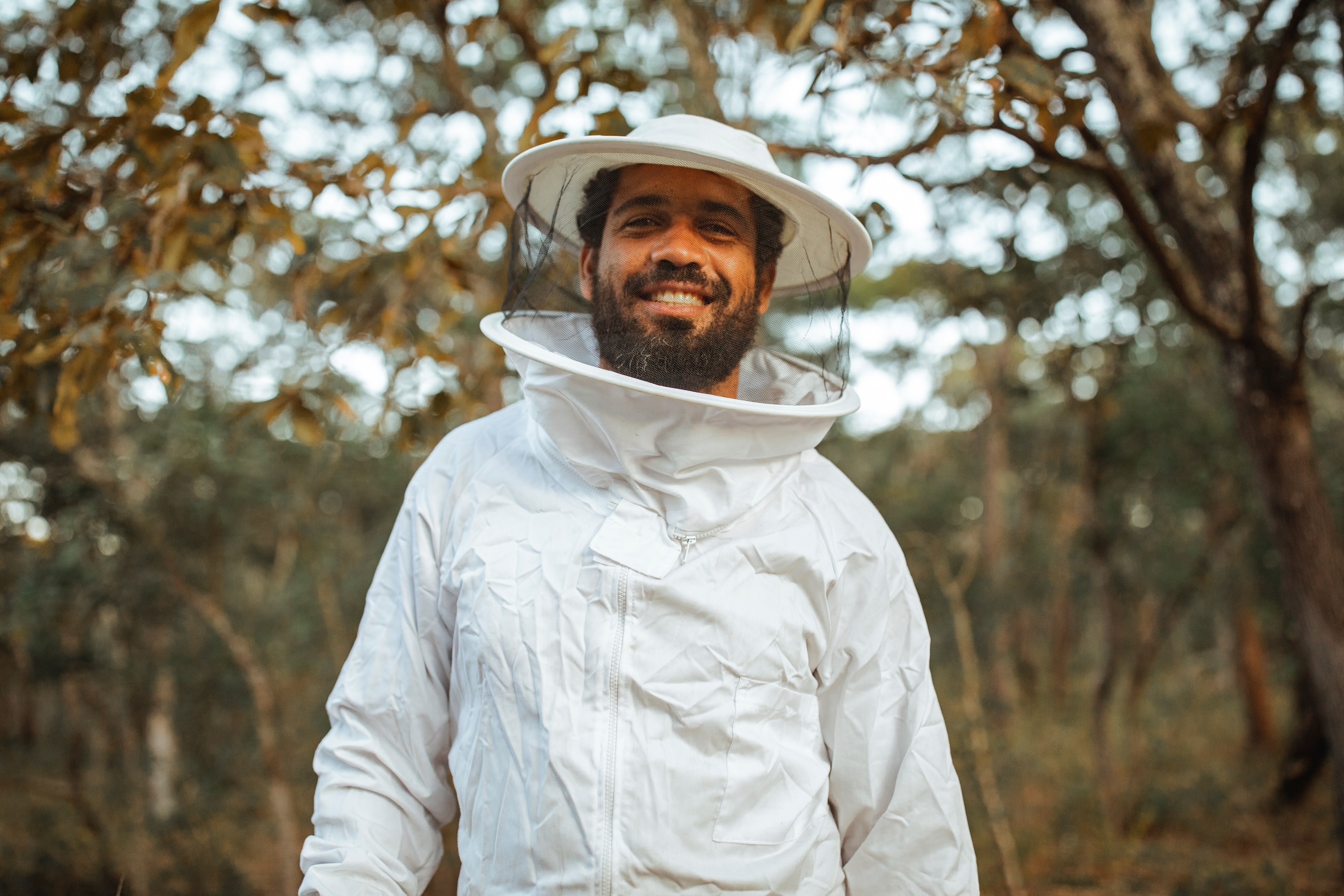
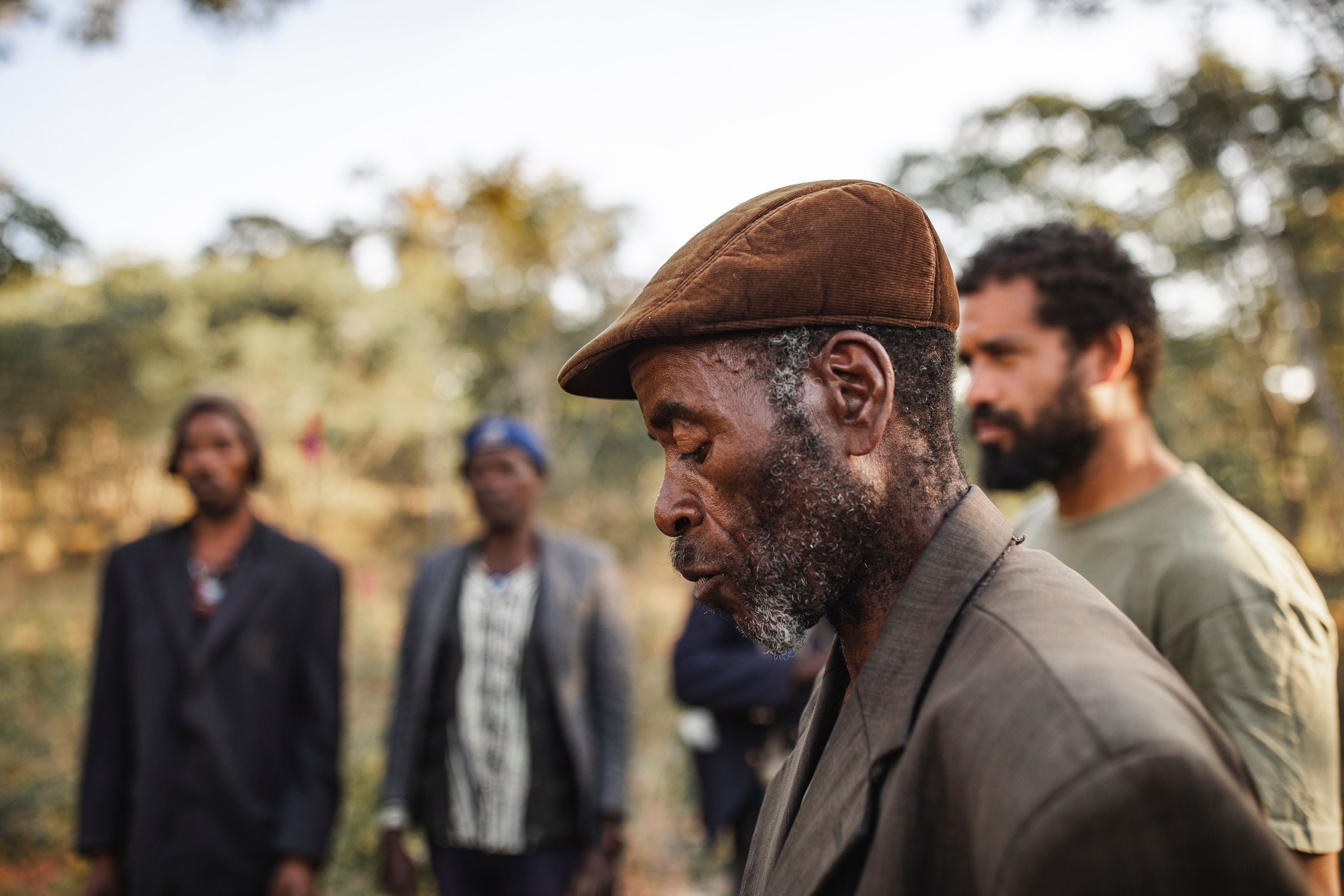
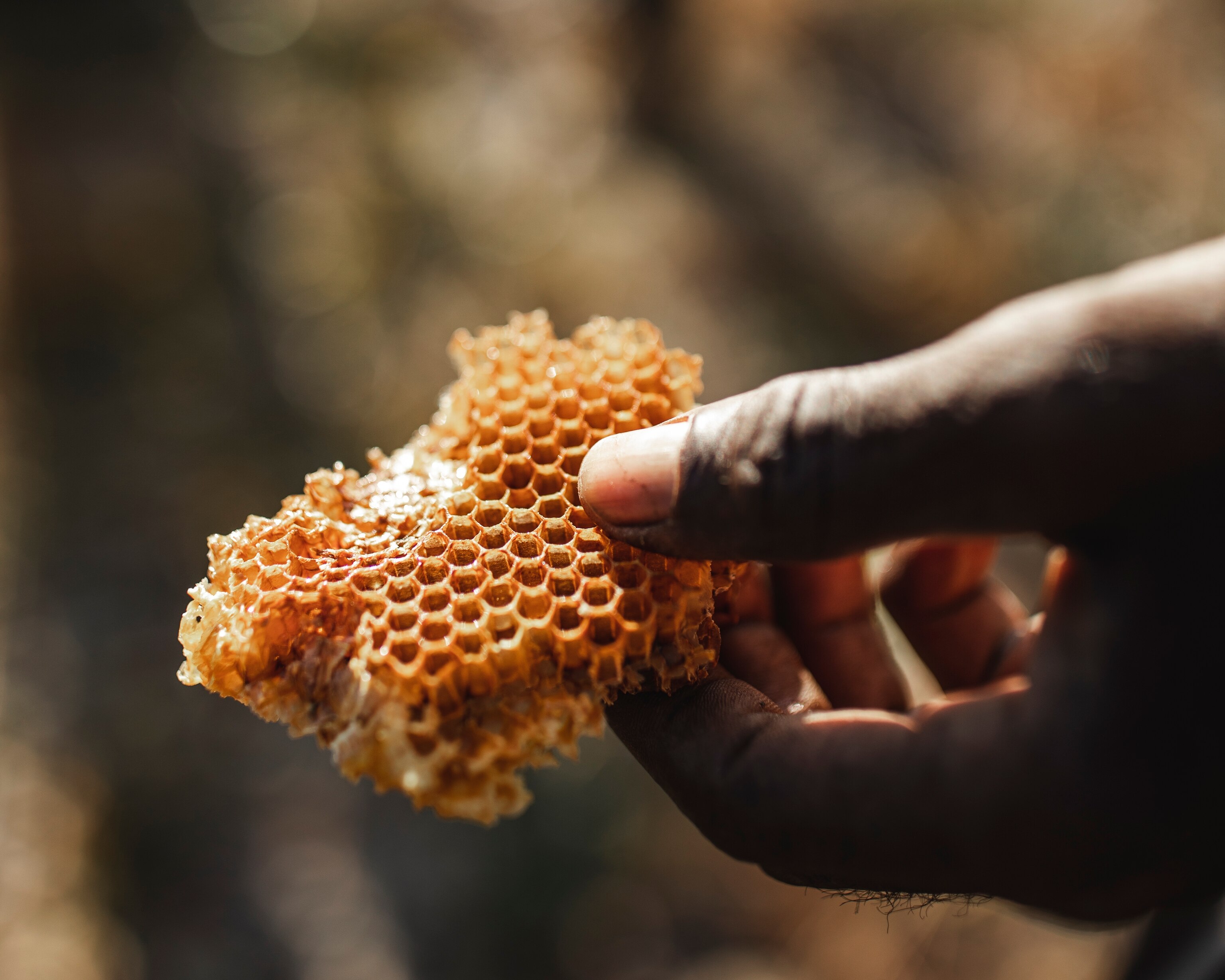
As the team moves farther into the Tempué region (named so for the biggest village that sits deepest in the area) Costa elaborates on how a growing collaboration with the people here is informing Okavango Eternal—a partnership between the National Geographic Okavango Wilderness Project and diamond company De Beers—on how best to preserve the ecosystem. Traditional ways of living within these communities are inherently sustainable because they are based on only taking what is needed from the surrounding environment—small-scale agriculture, subsistence hunting, harvesting honey from wild bees. “That’s the definition of a true guardian,” says Costa. “Someone who is in tune with their environment, and is only using it [sustainably] for their own sustenance.”

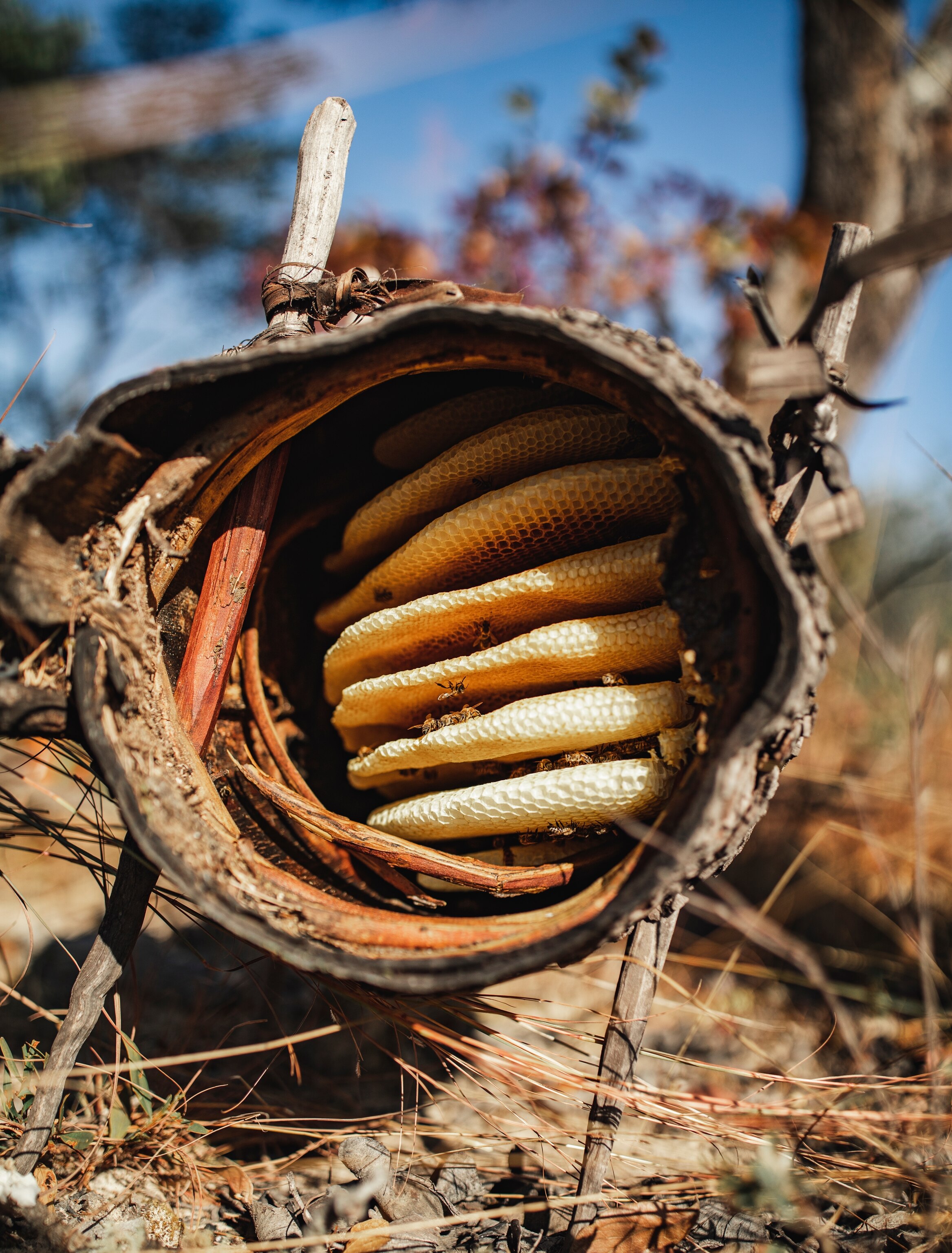
Through this awareness also comes talk of concern. Remnants of Angola’s civil war remain, mostly in the form of the dilapidated carcasses of old artillery―and landmines. But as the latter are cleared, more of Moxico is opening up to the encroaching pressures of economic development; modernity that village elders worry will undermine traditional ways of living if allowed to continue unchecked. “They will not abandon the concepts of guarding these rivers and forests, and all the knowledge they’ve inherited from their ancestors,” Costa shares while staring into the campfire, or “bush TV,” as it’s affectionally called.
The goal in Angola, then, is to balance the benefits of old and new ways of living for a prosperous, sustainable future. And a promising new project aims to increase production of wild honey. Traditionally, communities here create beehives from tree bark and place them in trees, where they’re naturally colonized by bees. Although beekeeping has been practiced this way for centuries, the method requires the hives to be broken open during harvest, and placing them high in the trees makes it difficult for some members of the community as they need to climb the trees to check their hives. After discussions with village elders, the project has provided modernized hives that can be reused and placed both on the ground and in trees. In time, the hope is that these modernized hives will produce more honey that will be more easily harvested, while also retaining the high quality necessary to gain certification for trade outside of the region―or perhaps even internationally.
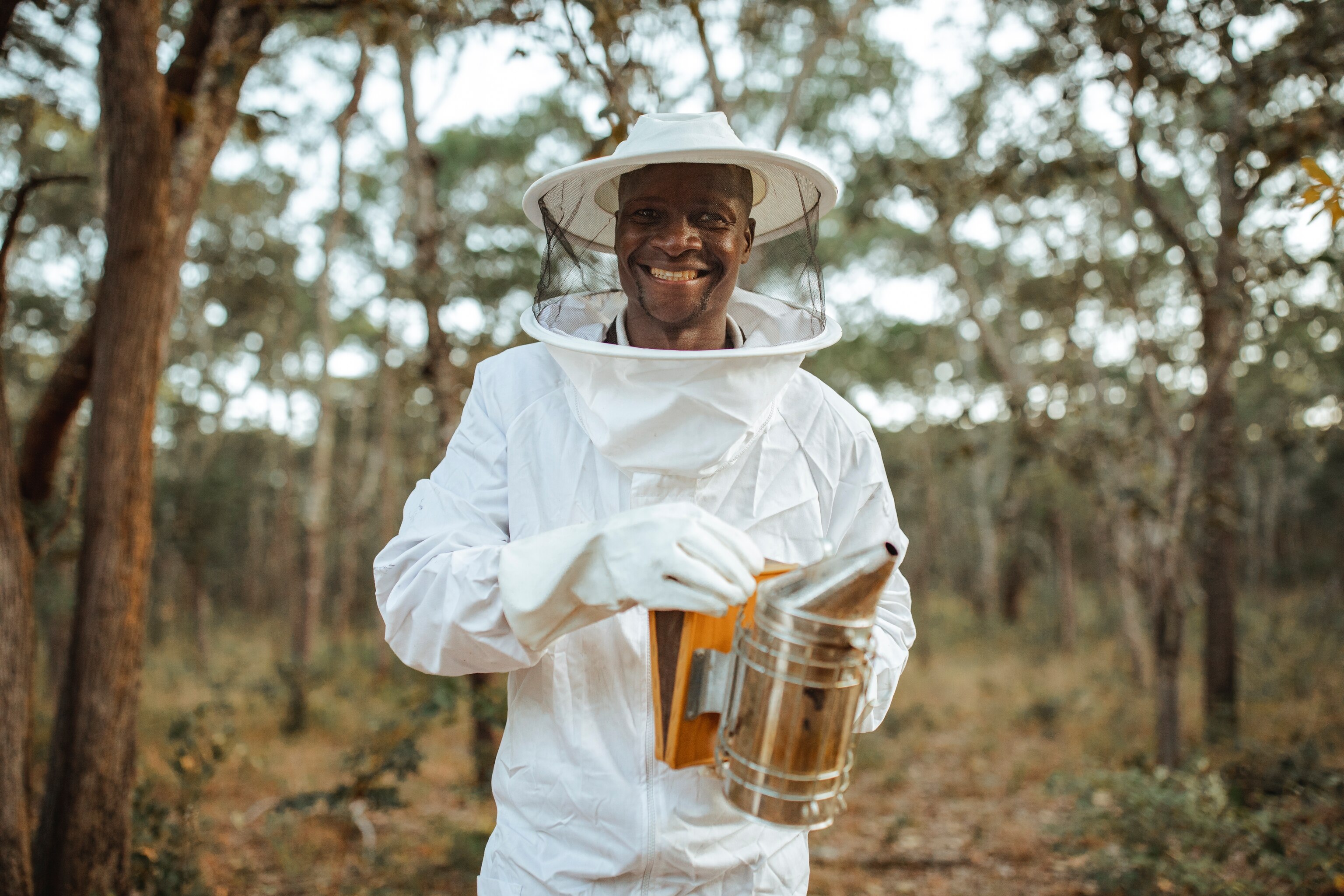
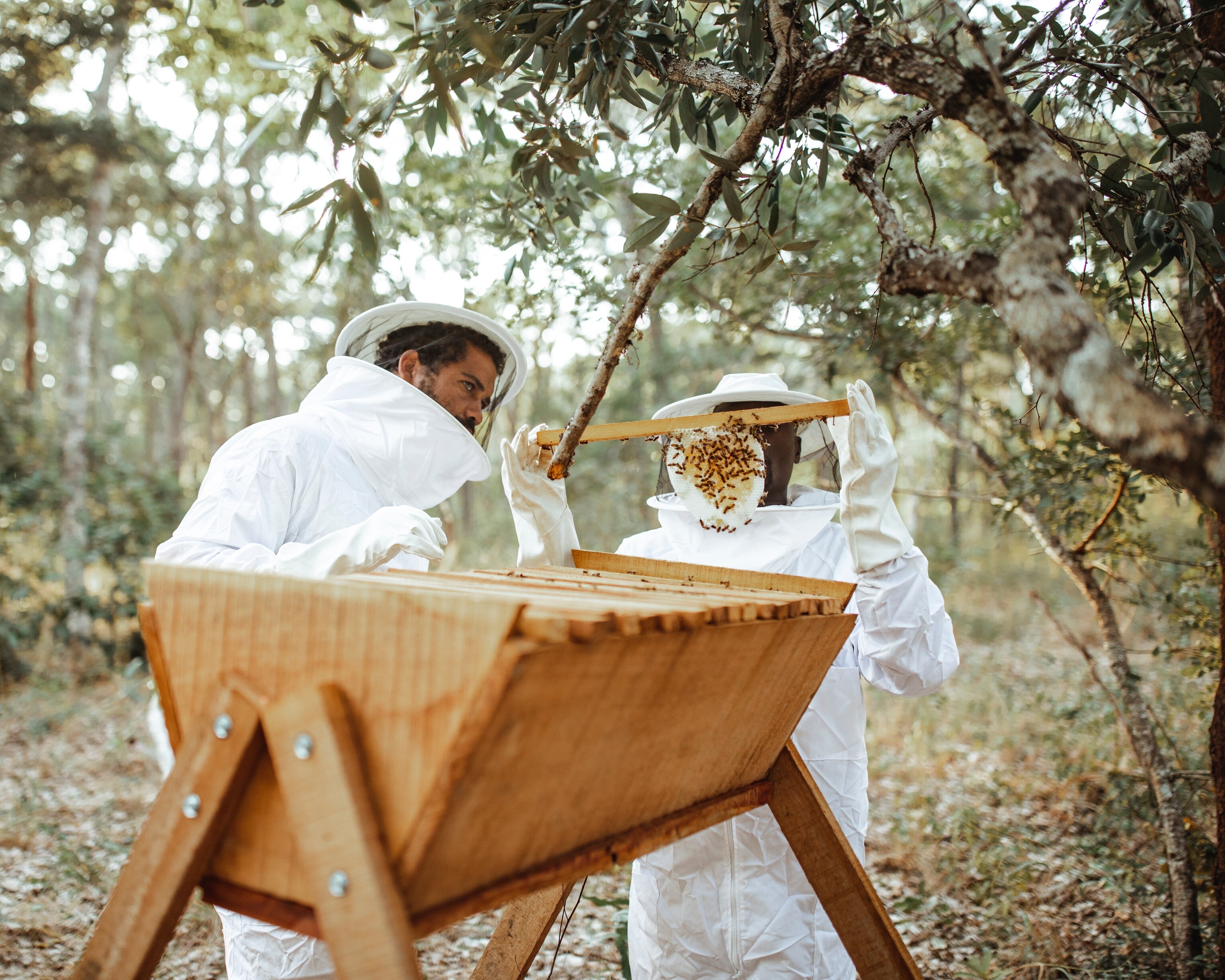
It’s an exciting new step afforded by the Okavango Eternal partnership, and represents an acceleration in Costa’s plans to support enhanced sustainable community livelihoods here. “The [NGOWP] has [previously] been focused on biodiversity exploration, and there hasn’t been a deep dive into enabling these communities to maintain harmony with their environment,” he says. “Now investment will be put into [supporting sustainable] development of these communities. If we manage to invest in agricultural systems that enable them to produce more, they eat better and sell extra produce.” Before the team sets off on expedition, Costa brims with excitement for what the future holds: “[This partnership] will bring a whole different dimension to a community’s well-being and their empowerment for managing their own land.”
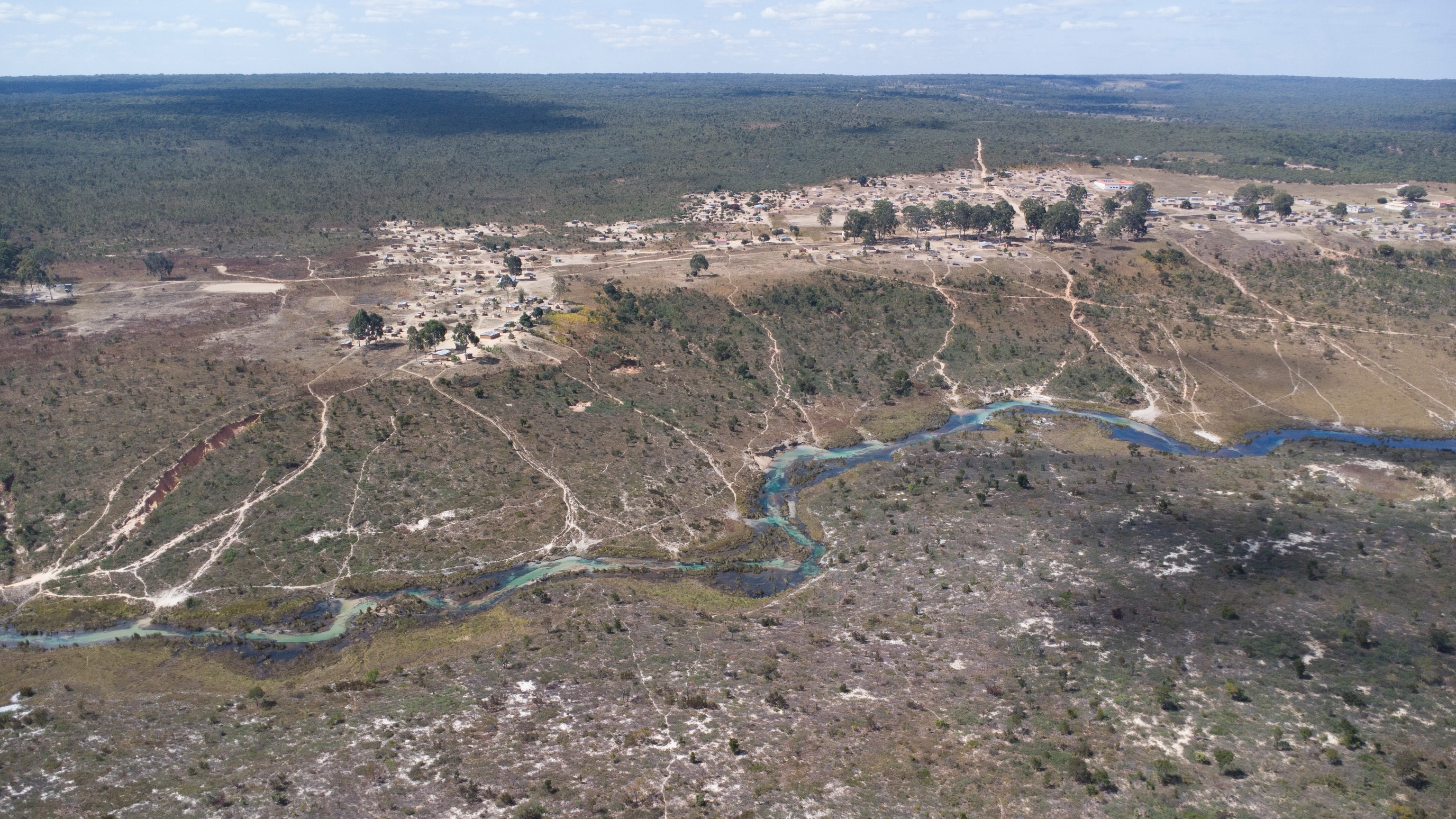
Several days and well over a thousand kilometers later in Botswana, we arrive in Maun, a bustling safari town that fringes the Okavango Delta. In addition to serving as a gateway to the Delta for thousands of tourists, Maun is also the nerve center for the big ideas of Koketso “Koki” Mookodi, NGOWP’s Botswana country director—and Kerllen’s counterpart at the other end of the Okavango Basin. In asking Mookodi about her work here, you’re bathed in her infectious excitement for possibilities. “I grew up not knowing much about the Okavango Delta through education, just socializing,” she recalls. “I was finally introduced to the Delta by a friend who had been working in the [safari] camps. It felt like a calling.”
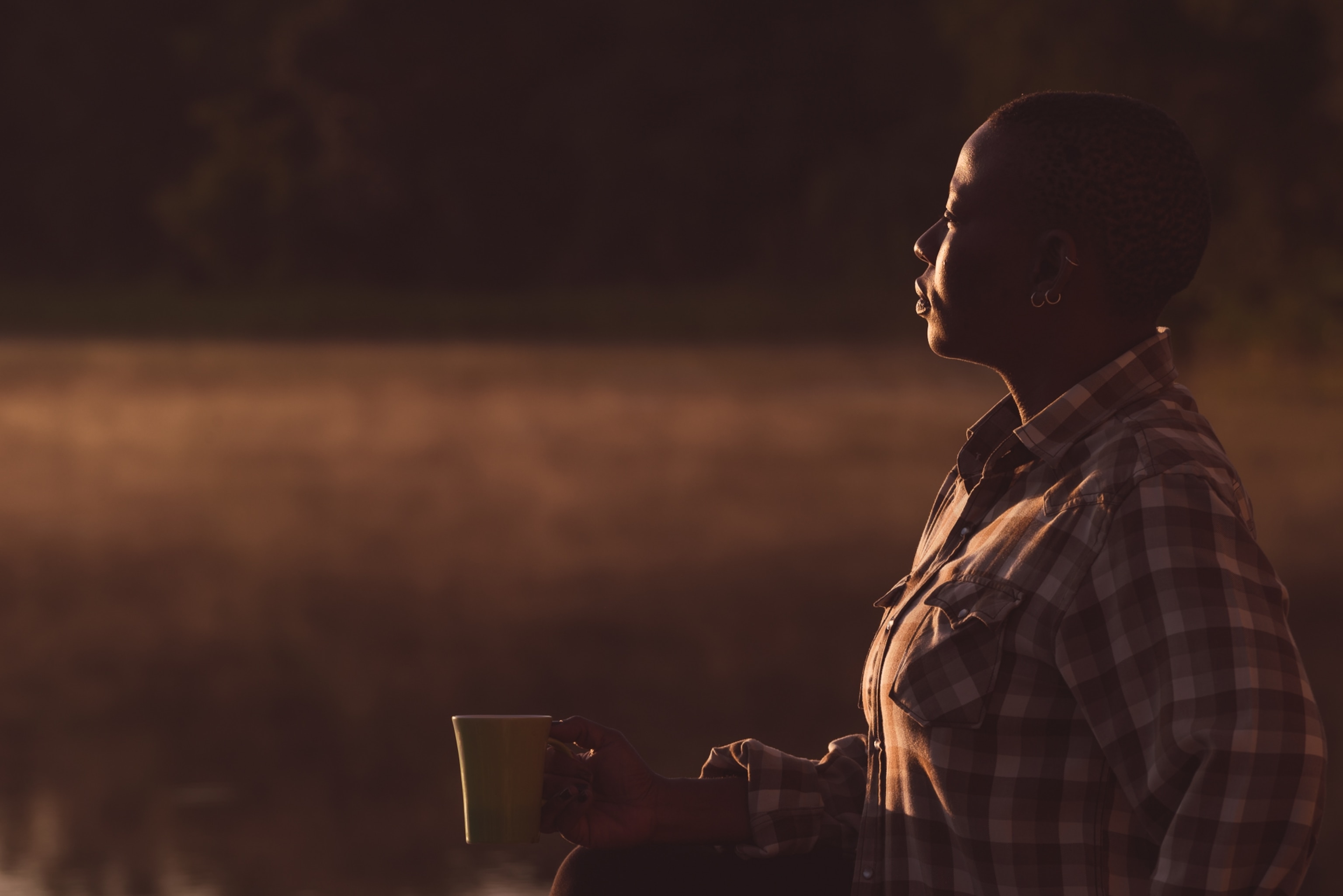
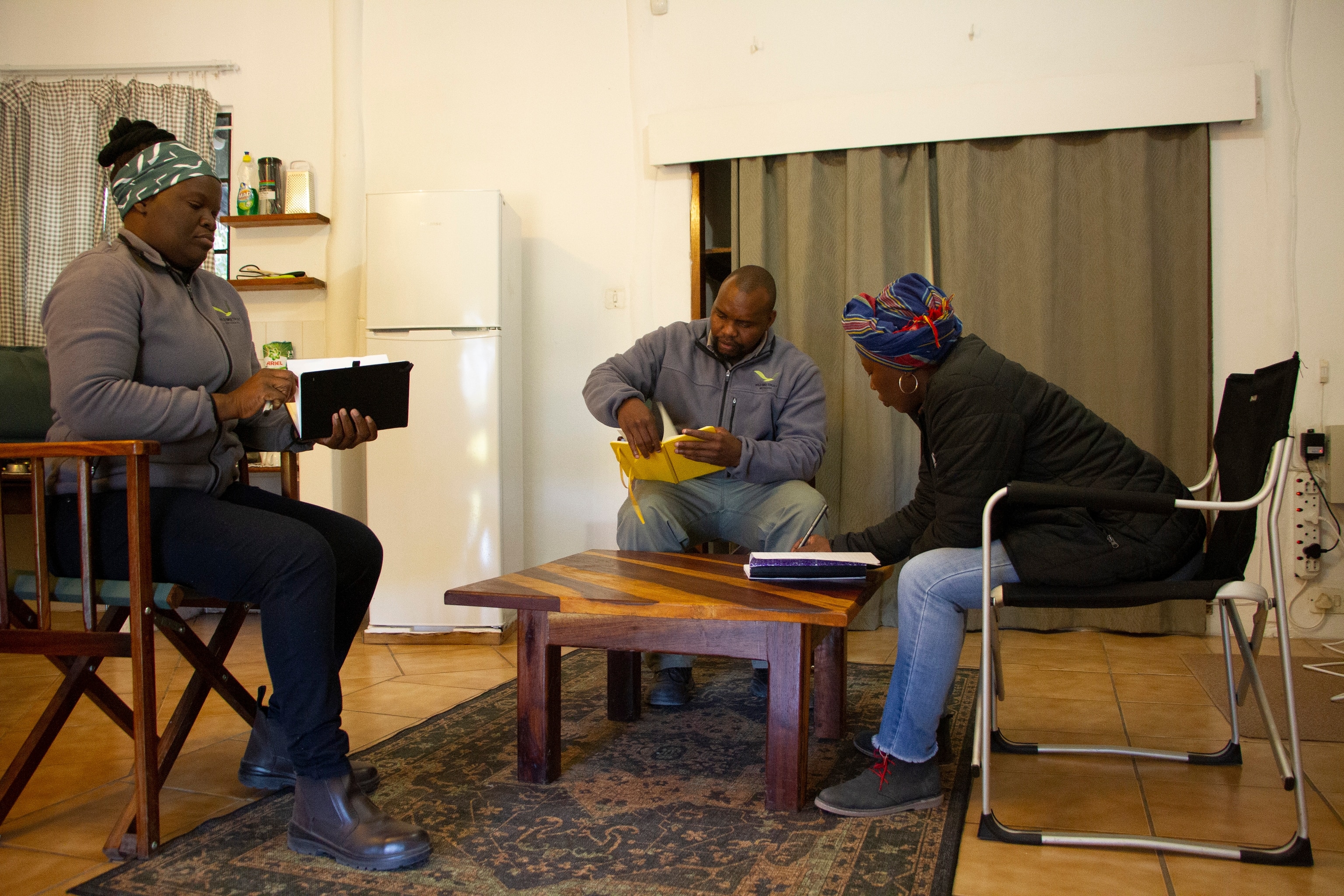
Working in the Delta’s camps afforded Mookodi the chance to work with local people who rely on the Delta’s waterways before she was “pleasantly interrupted” by National Geographic Fellow and NGOWP project leader Steve Boyes asking her to join the NGOWP. “The biggest challenge these communities face is livelihoods,” says Mookodi as she tracks the silhouette of a hippo moving across a waterway. “Many of them have been used to a [certain] way of life, but the world is changing around them.” In her mission to help secure the future for all in the Delta, Mookodi’s sights are set on both the short and long term. For now, livelihood opportunities could simply come from introducing communities to the wider aspects of the tourism industry—value chains that extend beyond direct hospitality in camps. “There’s also an agricultural side, a manufacturing side,” says Mookodi. “This [Okavango Eternal] partnership is our chance to delve into other aspects like cultural tourism, connecting with the communities that are part of this existence.”
It’s precisely this moment when Mookodi reveals her grand plan for achieving this—a guided tour through a nearly completed “knowledge center,” a palace of resources for all things learning. As we walk across newly built decking reminiscent of an amphitheater (a stage for presentations, teaching, and talks), Mookodi unleashes the full power of her vision: “It’s going to act as a collaborative space for creative educators to come and practice other skills, bring together ideas….” The next room we tour is a manifestation of that concept. A cavernous room is comprised of all-white walls ready to be written upon with erasable markers—one giant whiteboard. “We want researchers to come and articulate the work that they do. And for this to be a place where people network,” explains Mookodi.
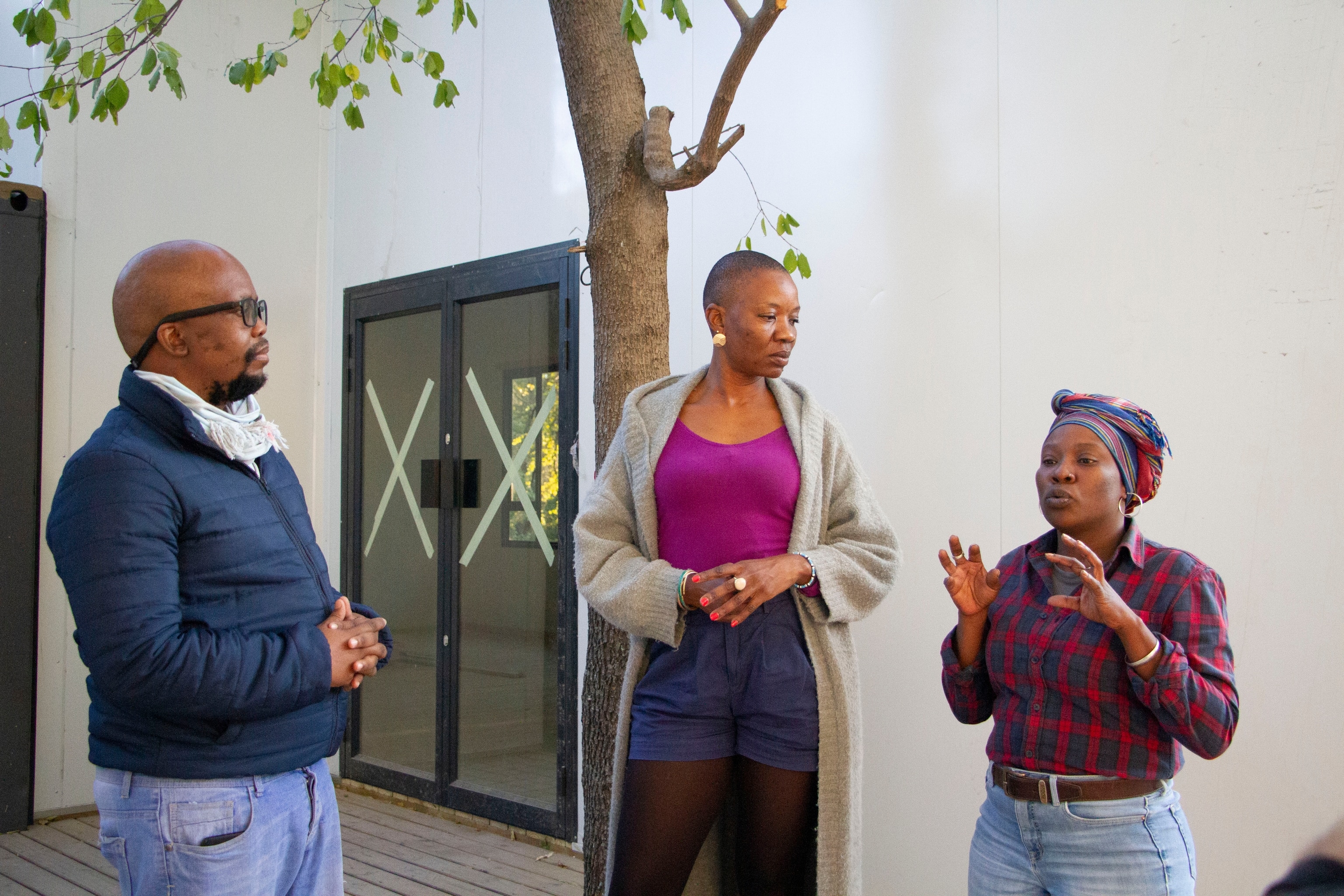
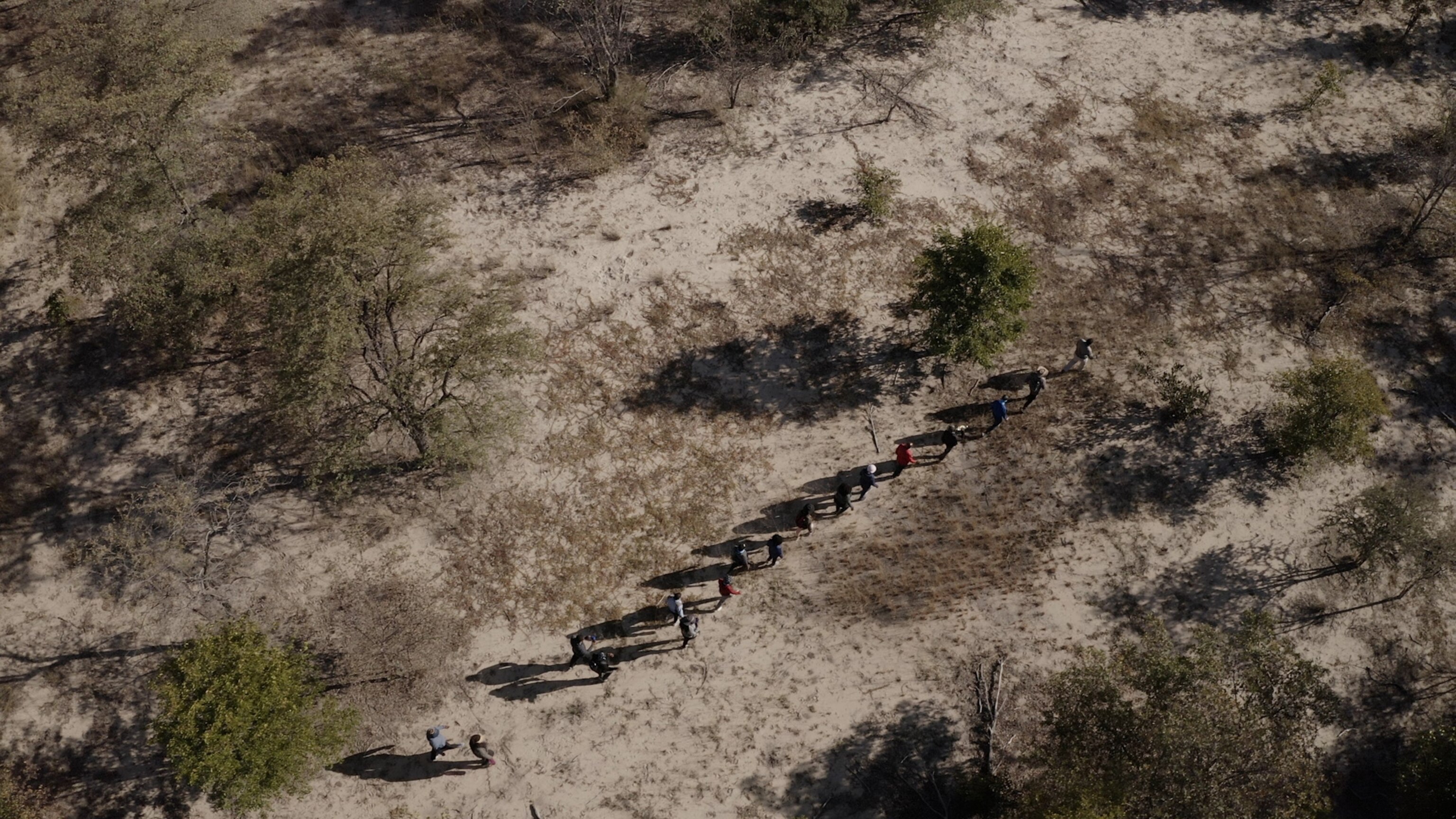
It’s when she’s asked about the future guardianship of the Delta that Mookodi becomes soulful. Her view is simple: Today’s children are tomorrow’s community leaders, and they deserve to be inspired to lead as they see fit. To inspire teachers within local communities, Mookodi runs “Educator Expeditions”—nature walks that connect mostly city-dwelling teachers to the landscape to help these educators impart the wonders of nature and science to their students. “I am just a drop in the ocean,” Mookodi muses as she heads off to pick up her daughter from school. “I want to open doors for the young people who are coming in behind me.”
Find out more about how De Beers creates positive impacts here.
